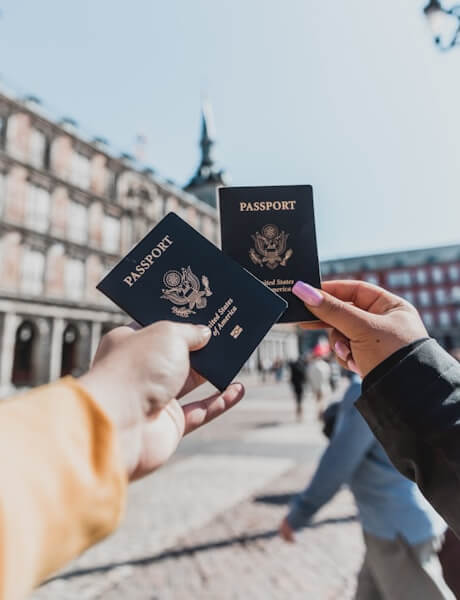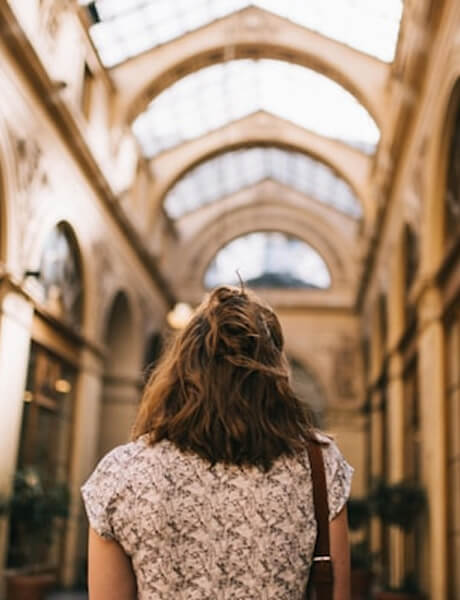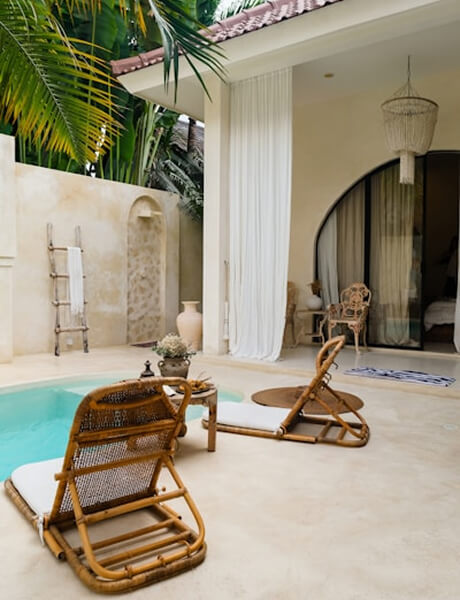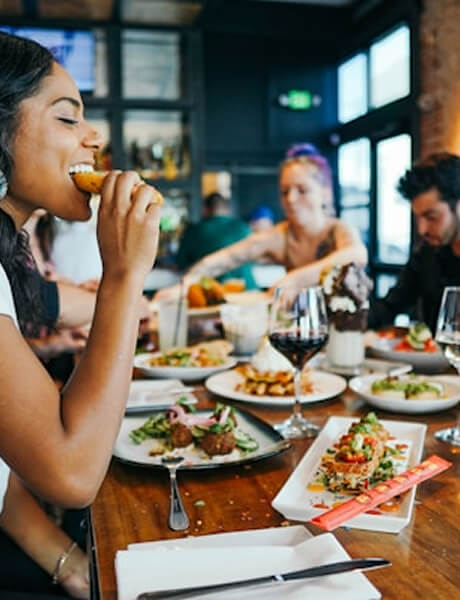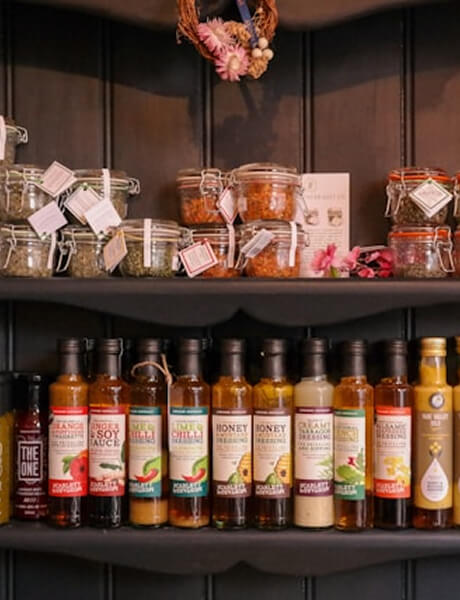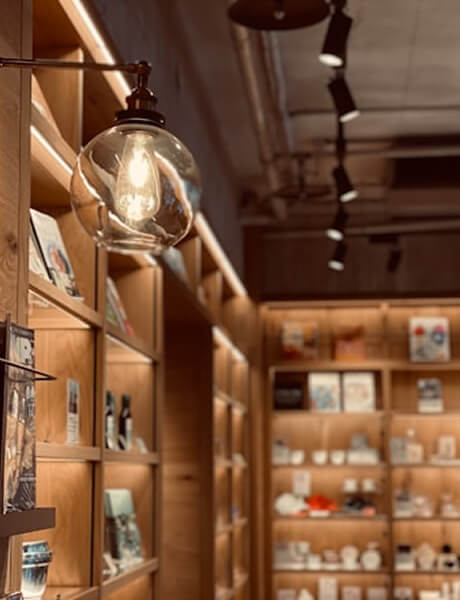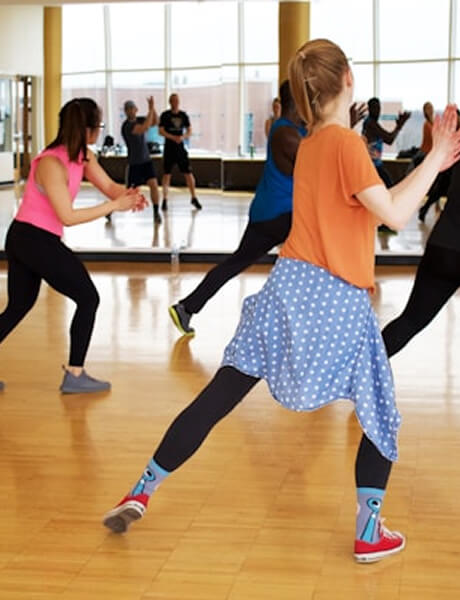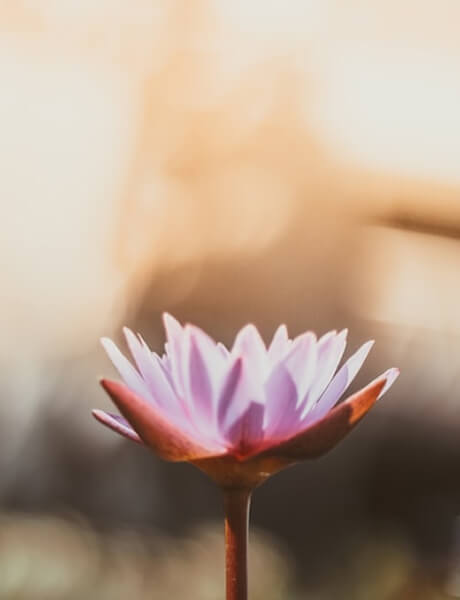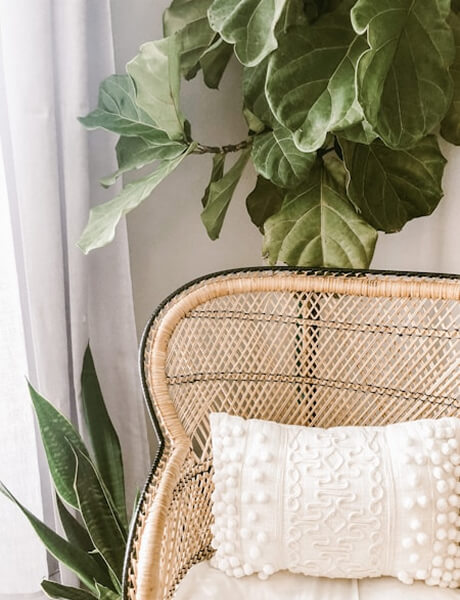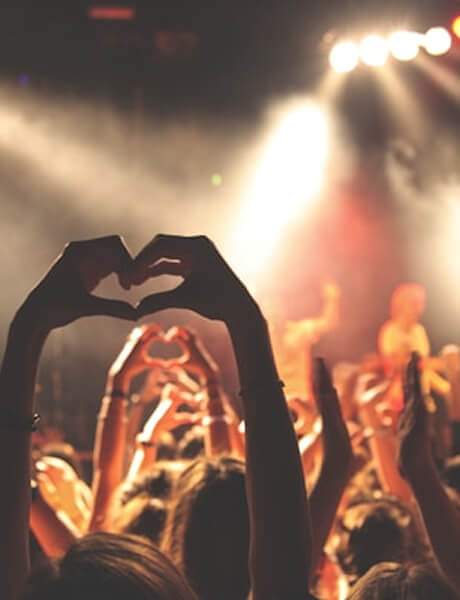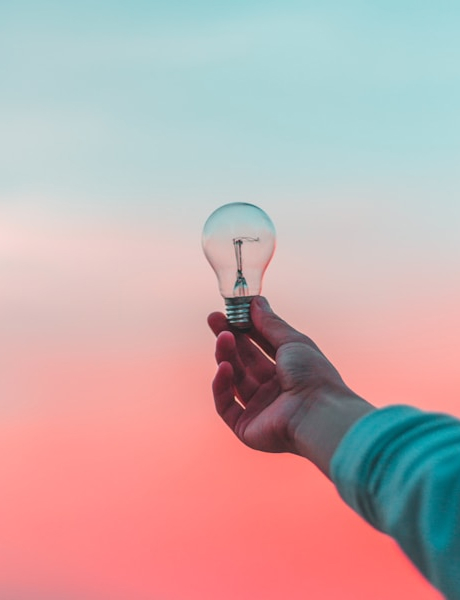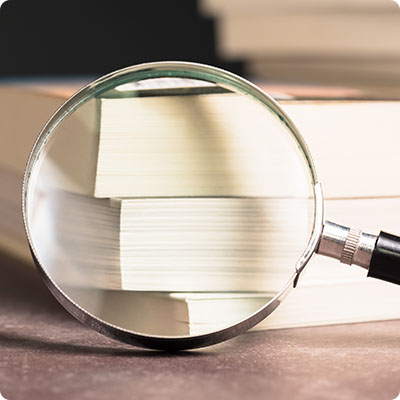
Travel guide Pérou
The best time to go au Pérou
Practical information for travel au Pérou
Get your travel guide: PÉROU

What to see what to do au Pérou?
Where to go au Pérou?
The most beautiful tourist sites
Other au Pérou destinations
Départements
Zones touristiques
Villes
Petit Futé's best addresses au Pérou
Discover the most beautiful addresses selected by the authors of Petit Futé.
Featured articles du Pérou

Top 10 des plats succulents à découvrir en voyage
Updated on 22/09/2025 Activities and experiences

Top 10 wonders of the world to have seen in your lifetime in 2025
Published on 29/04/2025 Activities and experiences
The Inca ruins of Machu Picchu© pawopa3336 Of the famous Seven Wonders of the Ancient World, only one can be visited today - we'll let you read this article to find out! However, a ranking proposed...

Where to go to see Mayan and Inca temples? The best destinations in 2025
Published on 01/04/2025 Activities and experiences
The Mayan and Inca civilizations left behind a legacy of grandiose and mysterious remains that still fascinate travelers the world over. Do you dream of seeing these majestic temples buried in the...
How to travel au Pérou
How to go alone
The average price of a flight to Lima from France in July (high season) is about 1 000 €. From about 700 € in low season. Please note that the price variation depends on the airline used and, above all, on the reservation deadline. To get good prices, it is essential to book well in advance. Remember to buy your tickets six months before departure! Booking your accommodation in advance can also be a good way to save money.
How to go on a tour
The tour operators specialized in this region of South America are legion and know the destination well. By looking at the existing offer you will certainly find the formula that suits you best, both in terms of travel time, areas to focus on and prices. Packages combining flights, accommodation and visits to the main Peruvian sites (Machu Picchu, Cusco, Titicaca) are generally interesting and above all make the preparation of the trip much easier.
How to get around
If you have little time, the poor state of the roads and buses will push you to opt for air travel, as fares are very affordable to connect the main points of the country. Otherwise, you will take the bus, the most common, cheapest and convenient means of transport. The country is crossed in all directions by these vehicles. A beautiful train trip (Lima-Huancayo) can be made (twice a month between April and November) while the boat will be your essential vehicle in the Amazon: ferries run between Yurimaguas and the Triple Border (Peru-Brazil-Colombia) in 3 to 5 days depending on the direction of the current.
Book your next trip with Kayak
Travel au Pérou
Ideas for holidays and week-end breaks au Pérou
Si on veut visiter le Pérou et comprendre sa trilogie (costa, sierra, selva) on peut faire route au sud où l'on trouvera les étapes incontournables avec une grande richesse culturelle mais aussi des infrastructures ad hoc, des adresses de charme et plus de diversité dans les activités de découverte. La route nord est plus sauvage mais il faut parfois avoir sacrifier un peu de confort ou user de davantage de patience pour l'explorer. Enfin le Pérou est une terre de défis qui se prêtent à merveille aux épreuves physiques que ce soit en glissant sur le lac Titicaca ou au fil de treks sauvages. Essayez de ne faire l'impasse sur rien et de prévoir un temps pour chaque région : la côte Pacifique, ses vagues, sa gastronomie et sa faune marine, les Andes et ses paysages, ruines et sites culturels, et enfin l'Amazonie sauvage, envoûtante et magique. Ainsi vous aurez goûté à toutes les saveurs du Pérou.
Services
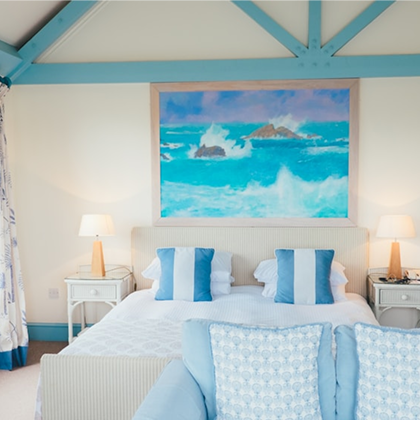
Find a hotel with Booking.com

Rent a car with Bsp-auto
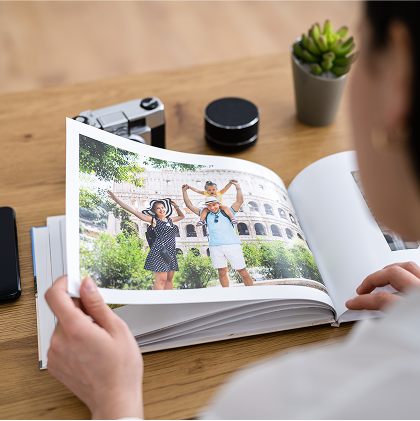
Create a blog and travel journal
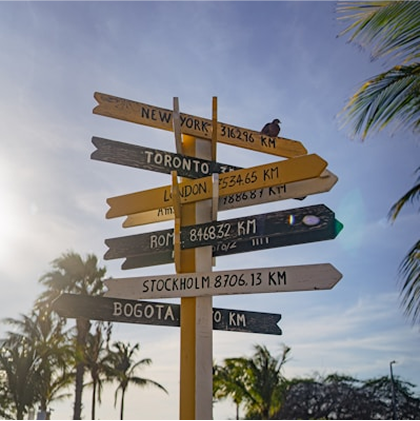
Find an agency with Quotatrip
Find unique holiday offers with our partners
Discover le Pérou
Peru is a diverse country, mixed, plural, as much at the level of the landscapes and the geography - since one passes from the Pacific coast to the summits of 4 000 meters of altitude and that one finishes in the heart of the tropical forest -, as at the level of the cultures and the men. Of course, the Incas have left their mark on the historical destiny of the country, but in the heart of their century of reign, they were finally the gatherers of the numerous pre-Columbian cultures. The arrival of the Spaniards changed the situation forever, but not without violence and loss of life. The Spanish domination brought with it a crossbreeding in skin color, culture, cuisine, music and arts, but the ancestral culture, although suppressed, never gave in. This mixture between millenary and creole culture is still palpable everywhere, on the surface and always in the background when we try to better understand the Peru of today.
The 12 keywords au Pérou

#Aji
They come in all colors, from the mildest to the spiciest. From the tender aji amarillo (yellow) to the ferocious rocotto (red), they're an integral part of every dish, or offered in small bowls on the side. Beware also of charapita, the little dry jungle pepper that inflames the palate. Without ajíes, there can be no Peruvian cuisine: it's the heart of the matter.
#Ceviche
The magic formula for making cab friends, and Peruvian friends at that: "me gusta el ceviche". On the coast, everyone loves ceviche, a very fresh dish of marinated raw fish. More broadly, the craze for gastronomy is a national pride, validated in 2023 when Unesco added Peruvian ceviche to its list of intangible heritage.

#Chicha
The drink made from corn that is drunk during meals. It can be alcoholic (de jora), strawberry flavored(frutilla) or sweet like a fruit juice(morada). The chicha has also given its name to a cultural movement from the sierra, developed in the migrant neighborhoods of Lima, and which is today a cement of identity.

#Coca
Peru is, with Bolivia, the main producer of coca, the sacred plant of the Incas. From the coca leaf is extracted the paste which, sent in the laboratories of Colombia or Brazil, is transformed into cocaine. But chewed, the coca leaf is excellent to fight altitude sickness. It can also be found in herbal tea or candy.
#Costa
This region along the Pacific Ocean is also the densest, most inhabited and most developed in the country. Its inhabitants are called criollos, heirs of the different waves of migrations: European, African, Chinese. Lively, joyful, joking, they also have the reputation of being more cunning. The coast is an ever-changing mix.
#Inca Kola
This drink with a fizzy bubble-gum taste, of a very recognizable fluorescent yellow, beats in its country all the sales records! The Inca Kola is one of the great pride of the Peruvians. As all the sodas, the Inca Kola is also a product which is shared. It is welcome, if you are invited, to bring a family size bottle of Inca Kola.
#Pachamama
The Mother Earth venerated by the Incas and their predecessors is still present in many local customs. One of them consists in pouring from time to time a little bit of alcohol on the ground in honor of the Pachamama, recalling the tradition of the tributes to the Earth that are ritually accomplished to thank her for watching over the community.

#Pisco
White grape alcohol, this national drink is made in Ica and not in Pisco... Generally appreciated in the form of pisco sour (cocktail with egg white, lime juice, sugar, crushed ice and bitter). Peru is fighting with Chile over the paternity of pisco, so take your side, because it is a very sensitive subject.
#Quechua
Second official language with Spanish, it is the language spoken by most of the indigenous people of the sierra, Aymara being more used on the shores of Lake Titicaca. About 45% of the population of Peru is of indigenous origin. Although most of the inhabitants are bilingual, they use Quechua as their first language. There are 47 other native languages.
#Selva
Whether it is the cloudy, forest-covered foothills or the vast Amazon plain along the Amazon River, this entire region forms the selva or jungle. It is a place where people live at a gentler pace, lulled by a humid heat. People laugh a lot, dance just as much, the inhabitants of these regions are welcoming and generous, lulled by legends born in the hollow of the jungle.
#Sierra
Magic, the sierra is all the region of the Andes cordillera which crosses the country and carries its batch of images which will impregnate you for a long time: immense canyons, cultures in terraces, flights of condors which overhang herds of llamas, alpacas and vicunas... The heart of rural Peru exists and still beats, along these adobe villages.
#Soroche
In Peru, one passes without transition, in particular at the time of the voyages by plane, from the sea level to the Andean high plateaus: beware of the soroche, the evil of the altitude! One also passes from the humid heat to the dry and sharp cold. The body can suffer from these brutal changes. Two golden rules: never force the mechanics and chew coca!
You are from here, if...
You take people in your arms to greet them in a warm embrace called an abrazo.
Everyone is your mom, dad, cousin, son or daughter. Family vocabulary is used generously and by extension. So you can greet a papito or mamita, be called a hijito or hijita and be introduced to many, many primos.
You eat rice at every meal, especially with potatoes and even in soup.
You raise your glass shouting Salud not once, but several times throughout the evening to celebrate the moment in spades.
You use and abuse the horn, the fishtail and a few sweet words to spice up the already chaotic traffic.
You present your glass of fruit juice or empty plateagain to ask for yapa, the welcome extra when eating at the market or from street vendors.
You arrive ahorita , or "almost immediately", between 15 minutes and an hour, depending on the situation!









